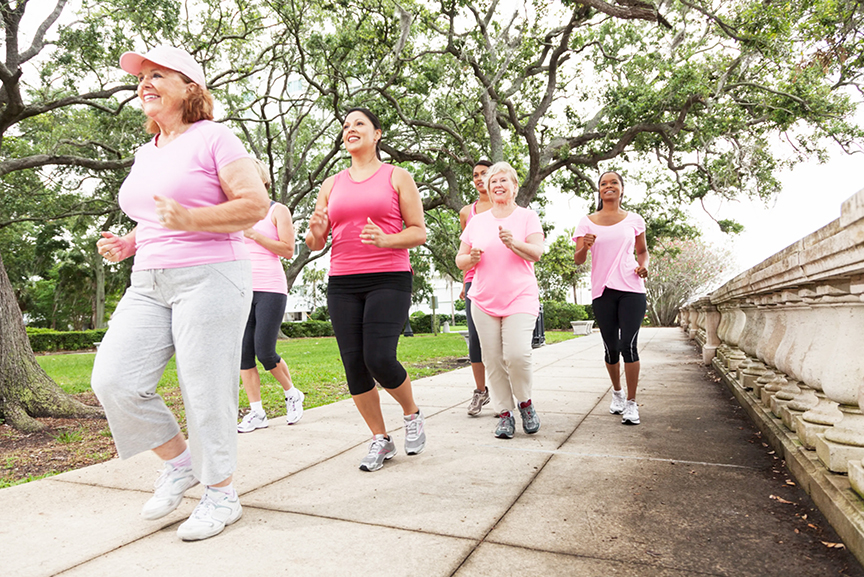
Star Staff Reports
Different people have different symptoms of breast cancer.
Some people do not have any signs or symptoms at all. Some warning signs of breast cancer are: new lump in the breast or underarm (armpit); thickening or swelling of part of the breast; irritation or dimpling of breast skin; redness or flaky skin in the nipple area or the breast; pulling in of the nipple or pain in the nipple area; nipple discharge other than breast milk, including blood; any change in the size or the shape of the breast; and pain in any area of the breast.
Keep in mind that these symptoms can happen with other conditions that are not cancer.
If you have any signs or symptoms, be sure to see your doctor right away.
What Is a Normal Breast?
No breast is typical. What is normal for you may not be normal for another woman.
Most women say their breasts feel lumpy or uneven. The way your breasts look and feel can be affected by getting your period, having children, losing or gaining weight, and taking certain medications.
Breasts also tend to change as you age. For more information, see the National Cancer Institute’s Breast Changes and Conditions.
Many factors over the course of a lifetime can influence your breast cancer risk. You can’t change some factors, such as getting older or your family history, but you can help lower your risk of breast cancer by taking care of your health in the following ways: keep a healthy weight; be physically active; choose not to drink alcohol, or drink alcohol in moderation; if you are taking, or have been told to take, hormone replacement therapy or oral contraceptives (birth control pills), ask your doctor about the risks and find out if it is right for you; breastfeed your children, if possible.
If you have a family history of breast cancer or inherited changes in your BRCA1 and BRCA2 genes, talk to your doctor about other ways to lower your risk.
Staying healthy throughout your life will lower your risk of developing cancer, and improve your chances of surviving cancer if it occurs.

Breast cancer screening
One of the best means of protection is checking a woman’s breasts for cancer before there are signs or symptoms of the disease. All women need to be informed by their health care provider about the best screening options for them. When you are told about the benefits and risks of screening and decide with your health care provider whether screening is right for you—and if so, when to have it—this is called informed and shared decision-making.
Although breast cancer screening cannot prevent breast cancer, it can help find breast cancer early, when it is easier to treat. Talk to your doctor about which breast cancer screening tests are right for you, and when you should have them.
Mammogram
A mammogram is an X-ray of the breast. For many women, mammograms are the best way to find breast cancer early, when it is easier to treat and before it is big enough to feel or cause symptoms. Having regular mammograms can lower the risk of dying from breast cancer. At this time, a mammogram is the best way to find breast cancer for most women of screening age.
Breast Magnetic Resonance Imaging (MRI)
A breast MRI uses magnets and radio waves to take pictures of the breast. Breast MRI is used along with mammograms to screen women who are at high risk for getting breast cancer. Because breast MRIs may appear abnormal even when there is no cancer, they are not used for women at average risk.



